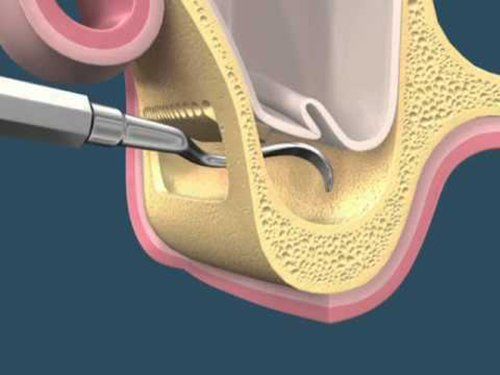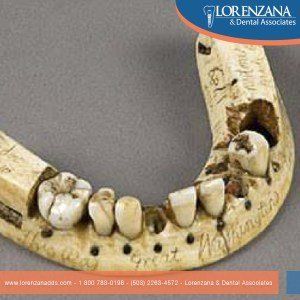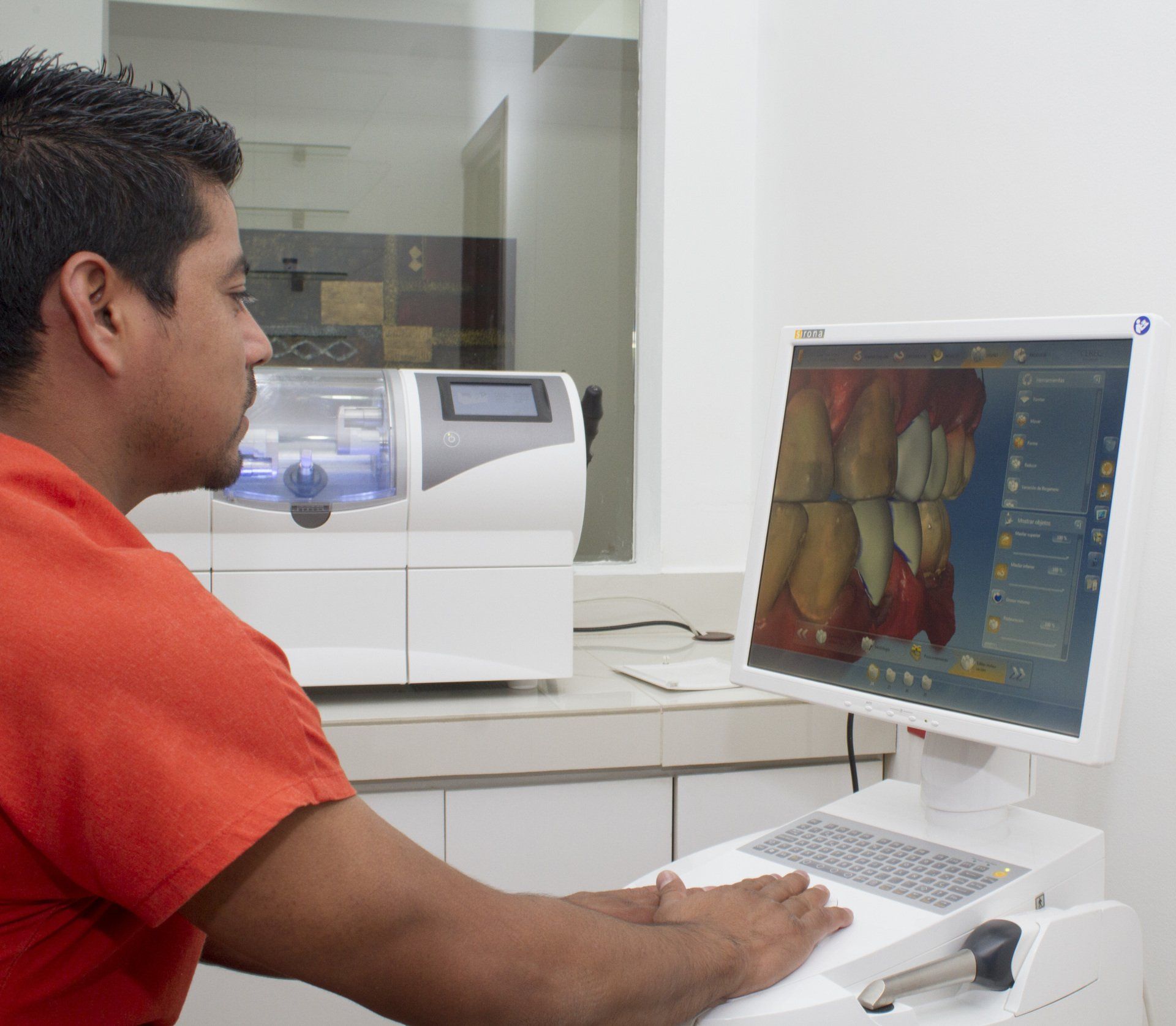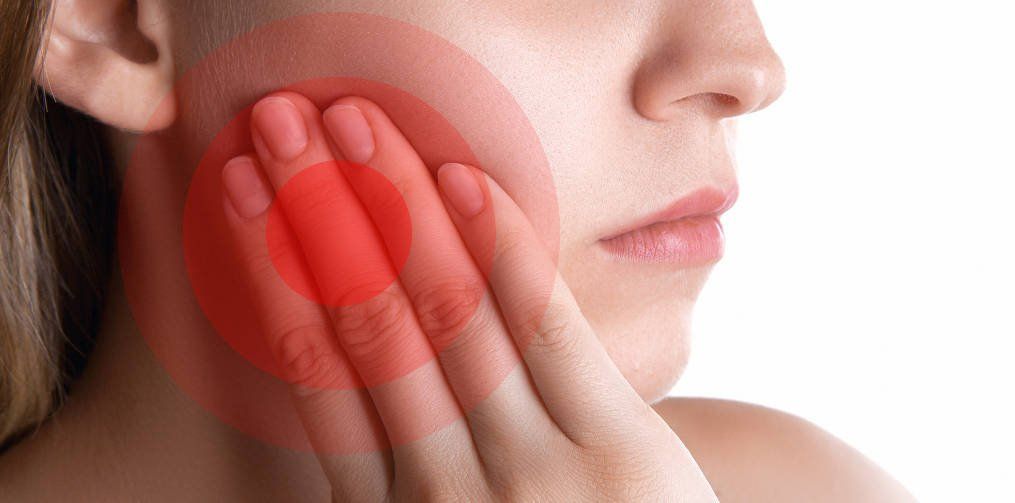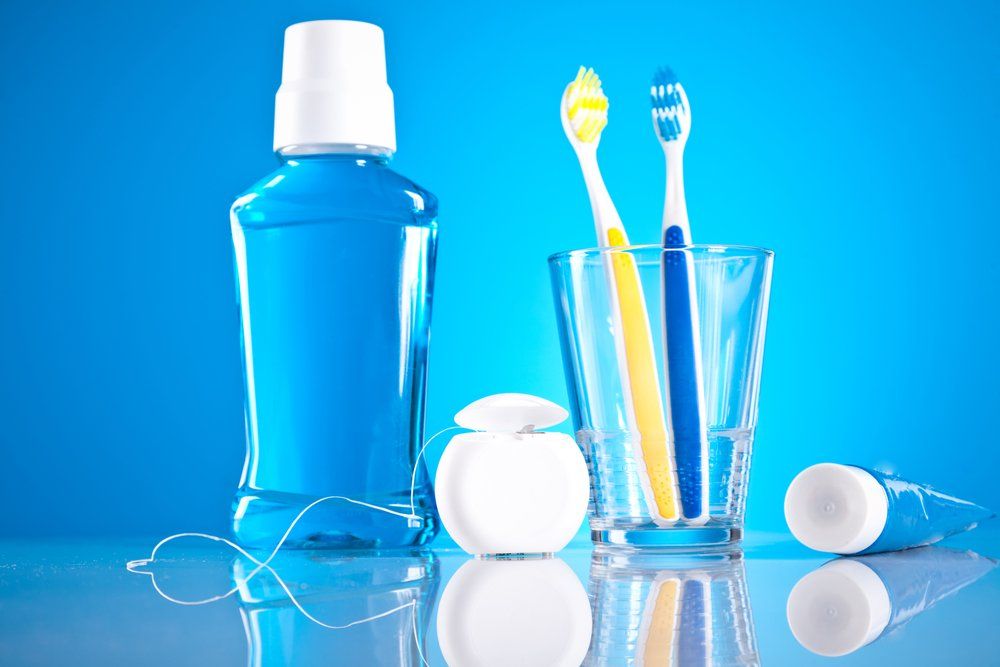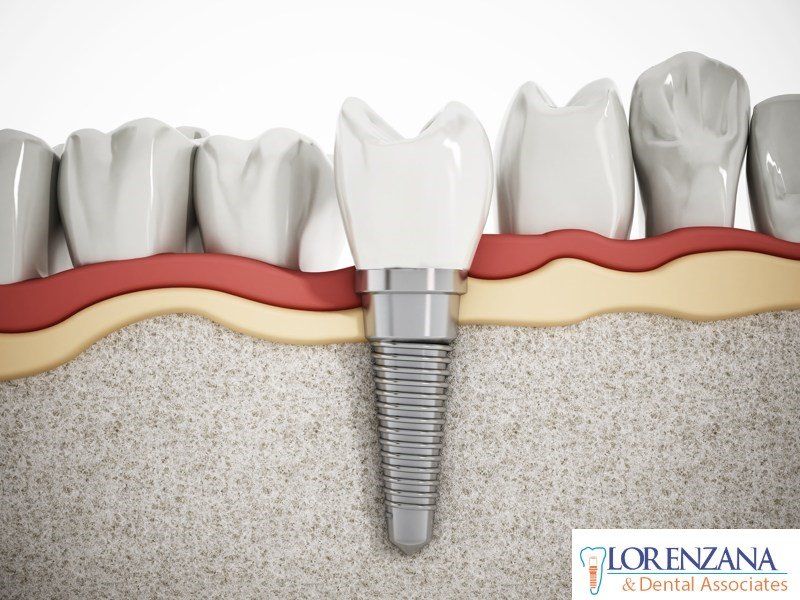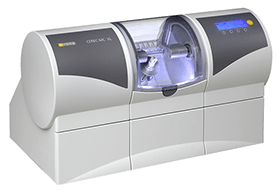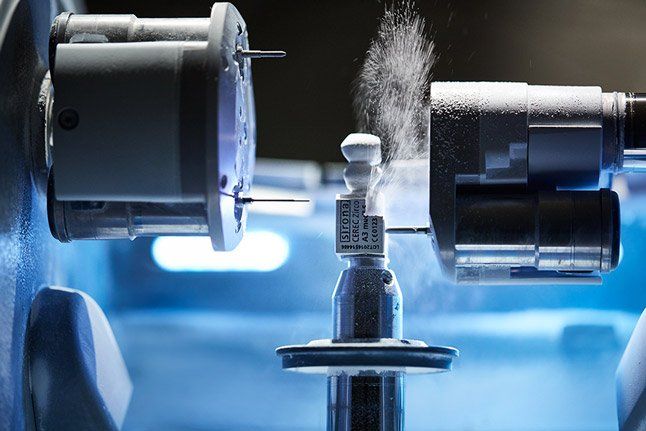Dental Sensitivity
Most of people have suffered dental sensitivity sometime in their life, but what is dental sensitivity?

Dental sensitivity is the pain produced when dentin, which is protected by gums, cementum and enamel, lose their natural protection and remains uncovered.
Dentin has thousands of microscopic tubes called fluid-filled tubules through which sensation is transmitted to the dental pulps and nerves. When tooth loss it’s protection due to gum retraction and/or tooth enamel ware, and remains exposed to external stimuli, they reach the nerves connected to dental pulp causing that pain sensation.
Causes
Most common causes that lead patients to suffer sensitivity are:
- Gums retraction
- Tooth enamel ware
- Tooth decay
- Gum disease
- Bruxism
Once we understand what sensitivity is and its causes we can take some actions to help to relieve and prevent this suffering:
Sensibilidad dental
La mayoría de personas ha experimentado sensibilidad en algún punto de su vida, pero ¿Qué es la sensibilidad?

La sensibilidad dental es el dolor que se produce cuando la dentina, que se encuentra protegida por la encía, cemento radicular y el esmalte dental, pierde su protección natural y queda al descubierto.
La dentina contiene miles de tubos microscópicos, llamados túbulos dentinarios, que conectan la parte exterior del diente con las terminaciones nerviosas.
Cuando el diente pierde su protección debido a una retracción de la encía y/o a un desgaste del esmalte dental, y que da expuesto a los estímulos del exterior estos alcanzan las terminaciones nerviosas provocando la sensación de dolor.
- Retracción de encías
- Desgaste de esmalte dental
- Caries dentales
- Enfermedad de las encías
- Bruxismo
Ahora que conocemos qué es la sensibilidad dental y sus causas podemos tomar algunas medidas para ayudar a aliviar y prevenir este padecimiento:
Realizar una correcta rutina de higiene dental diaria es muy importante, cepillarse 3 veces al día y uso diario de hilo dental pueden hacer una gran diferencia a largo plazo, no solo aliviando el problema de sensibilidad dental sino también previniendo la pérdida dental en edades futuras.
Visitar periódicamente al dentista es necesario ya que estos profesionales pueden detectar cualquier anomalía, detectar y tratar padecimientos en etapas tempranas y en casos de padecimientos como bruxismo ellos pueden ayudarle de forma profesional.
El consumo excesivo de alimentos con altos componentes abrasivos como frutas ácidas puede dañar el esmalte del diente, para una dentadura sana es necesario mantener una dieta balanceada y evitar excesos.
En Lorenzana & Dental Associates contamos con odontólogos especializados y experimentados que brindan a nuestros pacientes el mejor servicio posible, si usted está interesado en hacer una cita dental puede comunicarse con nosotros a info@lorenzanadds.com o a los teléfonos 2263-4572 / 1-800-783-0198 (USA & Canada)
